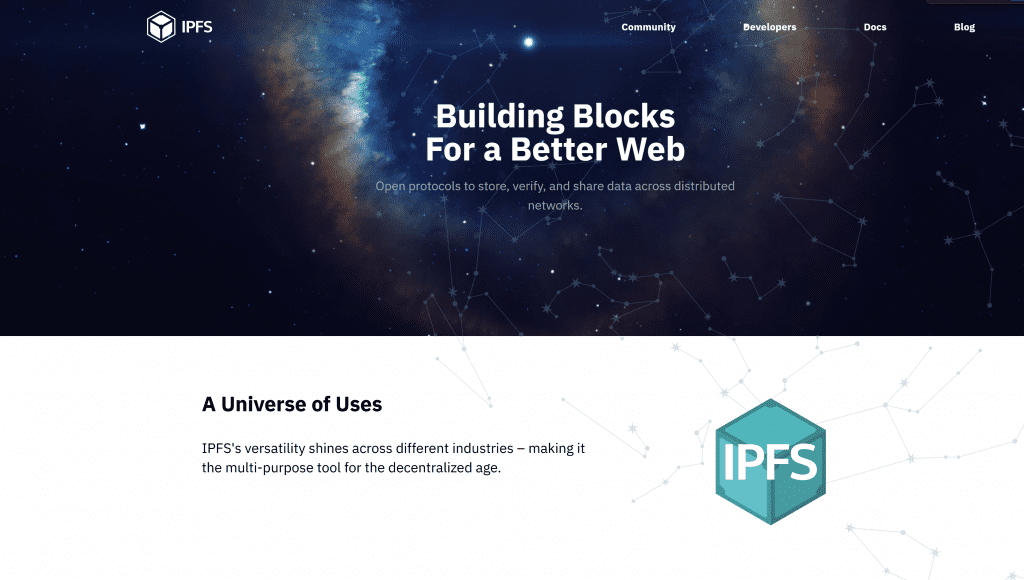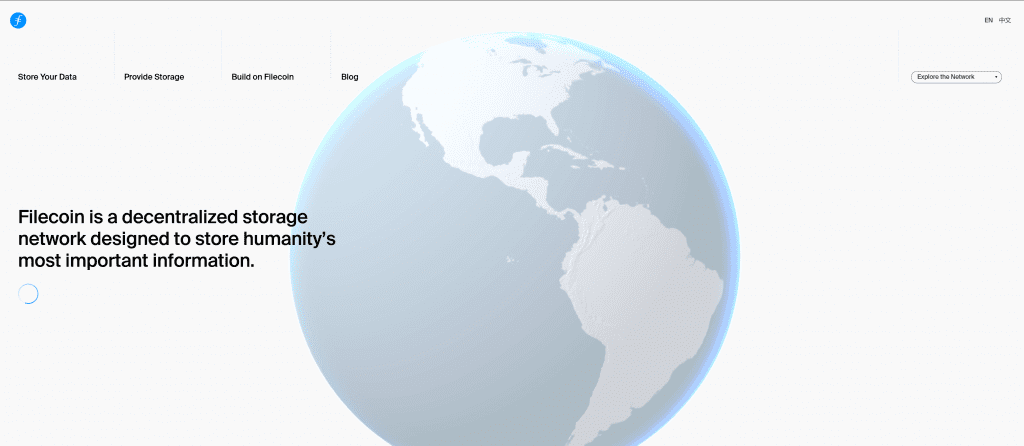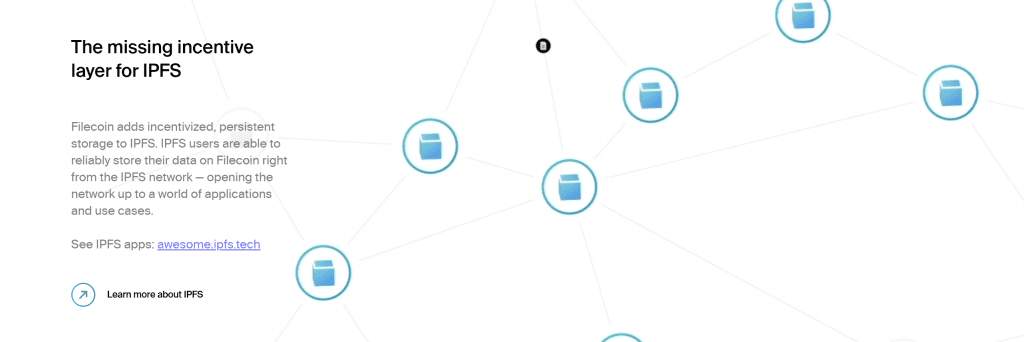The Developer’s Guide To Choosing Between IPFS And Filecoin
A decade ago “decentralized storage” sounded like science fiction. Today the question has narrowed to a practical dilemma whispered in Discord channels and sprint retrospectives alike: IPFS vs Filecoin which should you build on? If uptime, censorship resistance, and predictable costs sit anywhere on your roadmap, the next ten minutes could save you weeks of architectural back tracking and thousands in storage fees.
Most applications still serve files from centralized buckets, a model that fails dramatically during outages, political takedowns, or simply when a credit card fails. IPFS and Filecoin tackle the same pain point removing single points of failure yet they do so with distinctly different economic and protocol layers.
File Storage Architecture Primer
At the protocol level, IPFS is a peer to peer network for locating content by its cryptographic hash rather than by its server location. When you request a CID (Content Identifier), any node holding that data can satisfy the request.

Filecoin, by contrast, grafts an incentive layer onto the same content addressed backbone through Proof of Replication and Proof of Spacetime. Storage providers must cryptographically prove they continue to dedicate disk space to your data for a contracted term, and they are rewarded or penalized in FIL tokens accordingly.

The implications for developers are immediate. IPFS alone exposes no economic guarantees your data persists only as long as at least one node voluntarily pins it. Filecoin packages verifiable, contract based persistence but adds cryptoeconomic complexity and latency because proofs and on chain interactions take time.
Censorship Resistance In The Real World
As of Q1 2025, IPFS counts roughly 210,000 publicly reachable nodes, according to IPFS Cluster telemetry. However, 83% of those nodes sit behind residential or VPS IP addresses that churn within weeks; only about 4,900 nodes are considered “sticky” for six months or longer. Filecoin’s active miner set is smaller around 3,200 storage providers but collectively they commit more than 25 EiB of capacity, with individual operators staking collateral that would be economically irrational to abandon. For mission critical redundancy, Filecoin’s lower node count is offset by higher economic durability, whereas IPFS’s larger swarm relies on social rather than financial incentives.
In 2022 Turkey briefly blocked Cloudflare’s public IPFS gateway after politically sensitive documents went viral. Users pivoted to peer to peer retrieval and private gateways within hours, illustrating IPFS’s resilience when at least one path stays unfiltered.
Filecoin has faced fewer outright bans, yet miners in certain jurisdictions (e.g, China) have been asked to comply with government content filtering, raising concern over jurisdictional leverage on large capacity providers. Because Filecoin proofs do not reveal file contents, miners cannot easily demonstrate “non compliance” without outside pressure, but takedown requests can still happen at the gateway or application layer.
Developers needing hard guarantees should design for multi region pinning or contract with geographically diverse Filecoin storage deals.
Ecosystem Traction And Integrations
IPFS enjoys native integration in Brave and Opera browsers, Cloudflare’s public and private gateways, and services like Infura, Pinata, and NFT.Storage. In 2023 Cloudflare reported a 17 % month over month increase in IPFS gateway traffic, serving 3.6 billion monthly requests by mid-2024.
Filecoin’s growth shows on a different axis: more than 1,200 organizations have sealed at least 1 TiB, including UC Berkeley’s Research IT and the Internet Archive’s second copy initiative. Protocol Labs’ Filecoin Plus program subsidizes verified datasets, distributing 210 PiB in storage deals to research and public benefit data by late 2024.

For you, the integration story boils down to maturity of tooling. IPFS can be consumed via an HTTP gateway call curl and go while Filecoin often involves deal making APIs like Lotus, Estuary, or web3.storage, each with environment variables, collateral estimations, and sometimes wallet funding flows.
Spinning up IPFS is a one liner: ipfs daemon. Add a file, capture the CID, and serve it over a gateway or directly from peers. Libraries in JavaScript, Go, Rust, and Python abstract block exchange, and pinning services expose REST endpoints that feel like S3 object PUTs. Cold starts are measured in seconds.
Filecoin introduces a two phase commit. First you upload or “stage” data to a storage provider either directly if you run a miner or through a broker such as web3.storage. Next, the provider seals the data, posts proofs on chain, and only then does your deal become active. Sealing can take minutes for small deals (<1 GiB) or hours for multi TiB payloads, depending on provider hardware and network congestion. SDKs like Filecoin.js wrap this process, but the cognitive overhead is non trivial compared with IPFS’s fire and forget model.
Cost And Performance Benchmarks
IPFS costs scale with whatever pinning arrangement you negotiate free if you self host but at the mercy of your own reliability. Commercial pinning averages $0.15-$0.25 per GiB per month, similar to mid tier S3, yet egress is often unmetered because peers share the load. Latency varies wildly: under 150ms on popular CIDs cached at gateways, up to several seconds if data must traverse multiple hops or be pulled from slow peers.
Filecoin storage has become startlingly cheap thanks to block rewards that subsidize capacity. In September 2024, the median asking price for a 1-year replicated deal sat at 0.00000095 FIL per GiB per epoch roughly $0.0003 per GiB month at a $5 FIL price point, or 800 cheaper than S3 Standard. Retrieval, however, is not free. Expect $0.001-$0.005 per GiB depending on provider and retrieval speed guarantees. Retrieval latency remains higher than a hot CDN; sub second pulls are possible only if the provider runs an always online hot storage cache.

Both networks encrypt nothing by default. Developers shoulder encryption at rest, GDPR compliance, and key management. IPFS CIDs reveal a one way hash, but if the original file is public elsewhere you can still correlate content. Filecoin storage proofs leak size and commitment metadata on chain, which some enterprises treat as sensitive. Audited smart contract libraries exist for Filecoin deal automation, yet few off the shelf ISO-27001 attestations are available from miner collectives. If you build in health care or finance, short list miners with SOC-2 or HIPAA overlays or run a private IPFS cluster behind your own compliance boundary.
When To Choose IPFS
Pick IPFS when you need immediate distribution, low operational friction, and you can tolerate managing persistence through pinning. Single page apps, NFT metadata, and documentation sites fall into this bucket. The network’s content addressing makes cache invalidation trivial change the content, get a new CID, problem solved. If your uptime SLA is tight, combine at least two pinning providers plus self hosting.
When To Choose Filecoin
Choose Filecoin for archiving datasets, log files, or any asset whose value lies in long term storage rather than millisecond retrieval. Verifiable proofs deliver cryptographic assurance absent from traditional cloud cold storage. For NFTs or regulatory records where “I lost the data” is not an option, the cost to durability ratio is hard to beat. Just account for retrieval latency and build a hot cache layer on IPFS or traditional cloud where necessary.
Filecoin has also recently launched an alt L1 smart contract platform so devs could potentially run contracts and store files on the same system.
Can I Use Both?
Many teams default to an IPFS first pipeline that immediately hashes and distributes content, then backfill a Filecoin storage deal through services like Lighthouse or NFT.Storage, which transparently bridge the two networks. The upcoming Saturn project aims to add a decentralized CDN atop Filecoin, promising faster retrieval times by paying cache nodes directly, while IPFS devs focus on Bitswap v2 and the decentralization of DHT queries to withstand Sybil attacks. Convergence rather than rivalry appears to be the long term trajectory.
For most production workloads, pair the networks: use IPFS for fast content addressing and edge distribution, back it with Filecoin for economically verifiable persistence. Pure IPFS suits prototypes and high churn content with no regulatory weight. Pure Filecoin makes sense only when retrieval latency can be slow or routed through a separately managed hot cache. If your roadmap cannot absorb crypto economics, start with a reputable IPFS pinning service but architect for a future Filecoin migration; adding a deal layer later is simpler than retrofitting content addressing into a legacy bucket model.
Takeaway Summary
- IPFS gives developers instant, location agnostic file retrieval but no baked in durability; you must pin or risk garbage collection
- Filecoin adds cryptoeconomic guarantees via on chain proofs, driving storage costs to fractions of a cent per GiB month at the expense of latency and complexity
- IPFS’s decentralized reach exceeds 200k nodes, while Filecoin’s 25 EiB of committed capacity comes from a smaller, economically invested miner set
- Cloudflare, Brave, and Pinata turbo charge IPFS adoption; Filecoin integrates through services like web3.storage, Estuary, and NFT.Storage with deals subsidized by Filecoin Plus
- For most projects, the winning pattern is a hybrid: publish on IPFS, seal on Filecoin for long term resilience, and layer a CDN or gateway for performance


